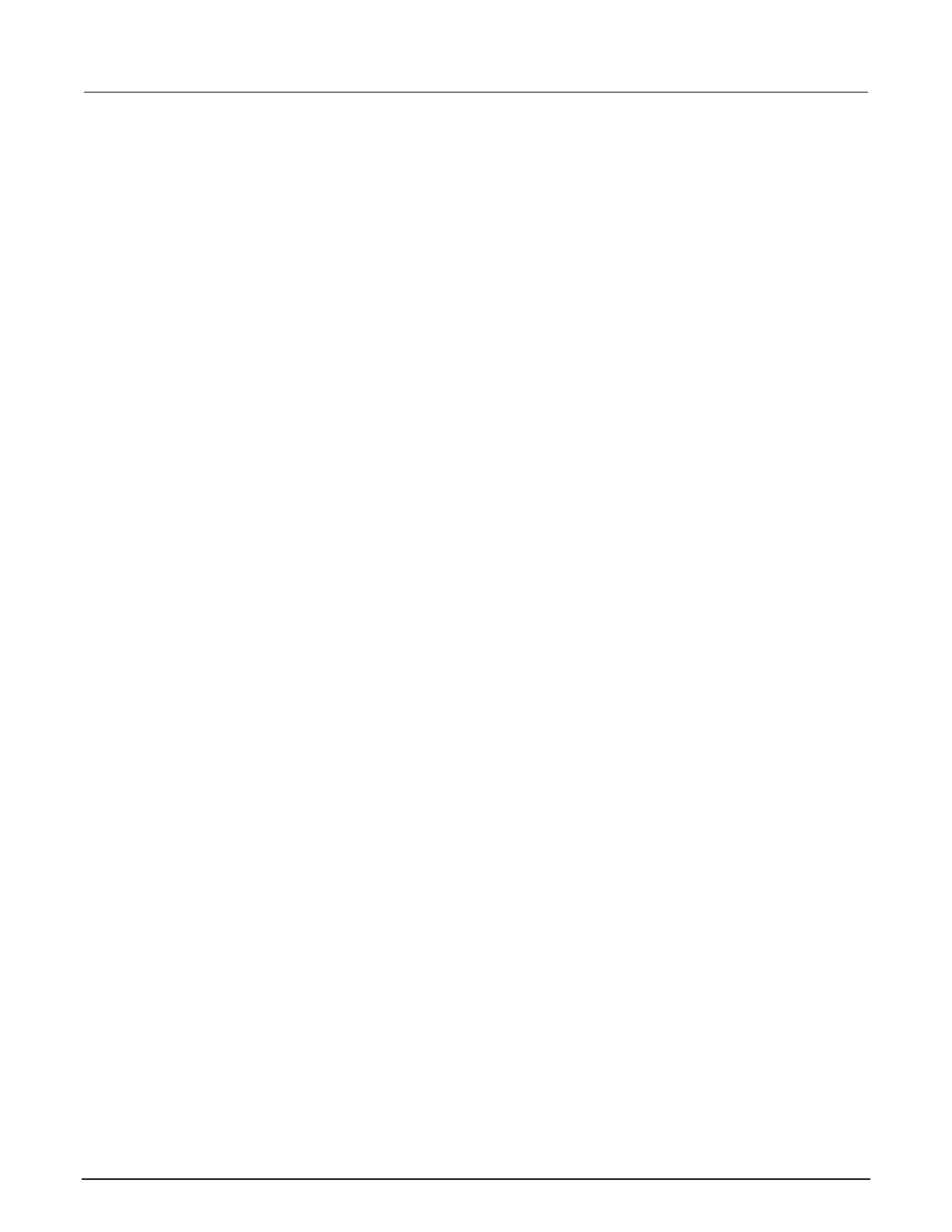For both front panel and remote programming, the window can be set to any value from 0.0% to 10%,
where 0.0% represents no window being applied.
For voltage, current, and resistance, the filter window is expressed as a percent of range. For
example, on the 10 V range, a 10% window means that the filter window is ±1 V.
For temperature, the filter window is expressed as a percent of the maximum temperature reading.
The maximum temperature depends on which thermocouple is being used. For example, for a Type J
thermocouple, the maximum reading is 760 °C; a 10 % window means that the filter window is
±76 °C. For temperatures below 0 °C, the overflow point is –200 ºC, so a 10% filter window is ±20 ºC.
If using ºF units, a 20% filter window is calculated as follows: 9/5 x 20 = 36. The filter window for the
20% window is ±36 ºC.
Filtering considerations
Because channels may have large differences in signal levels, Keithley recommends using the
following Test Script Processor (TSP
®
) command with Series 3700 cards:
dmm.filter.type = dmm.FILTER_REPEAT_AVE or 1
This filter setting allows each channel to take a specified number of measurements and return a
single reading. Doing this slows the measurement reading rate by 1/n. For example, if
dmm.filter.count = 4, the Series 3700A must take four A/D measurements to return a signal
reading.
When the signal level is nearly constant, using dmm.filter.type = dmm.FILTER_MOVING_AVE
or 0 will maintain the same reading rate as dmm.filter.enable = dmm.OFF. Each A/D
measurement yields a single reading.

